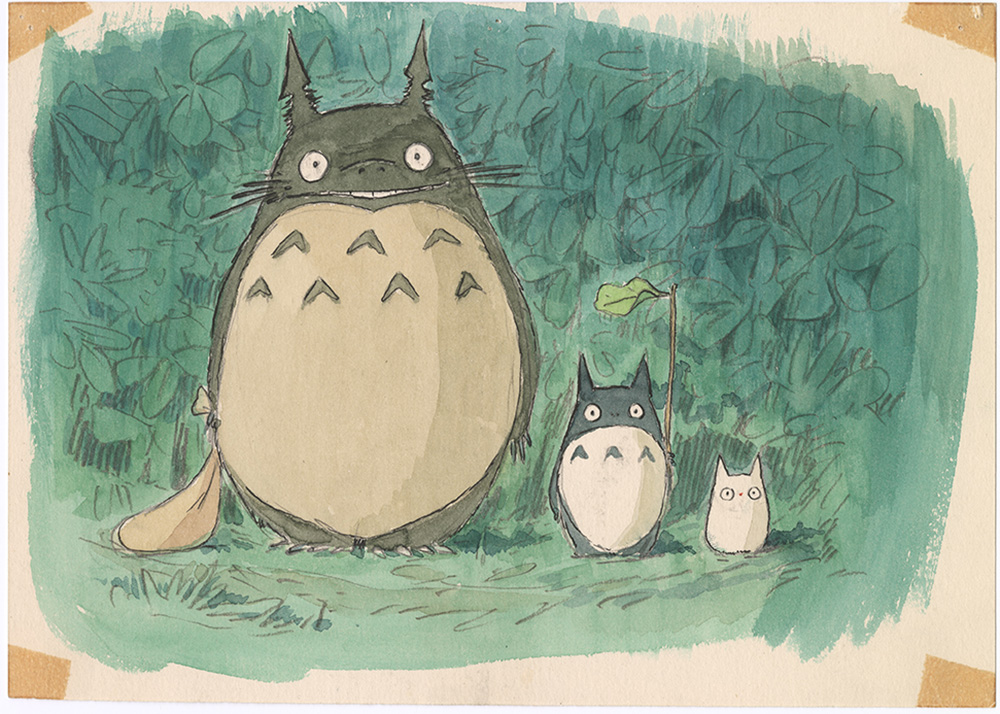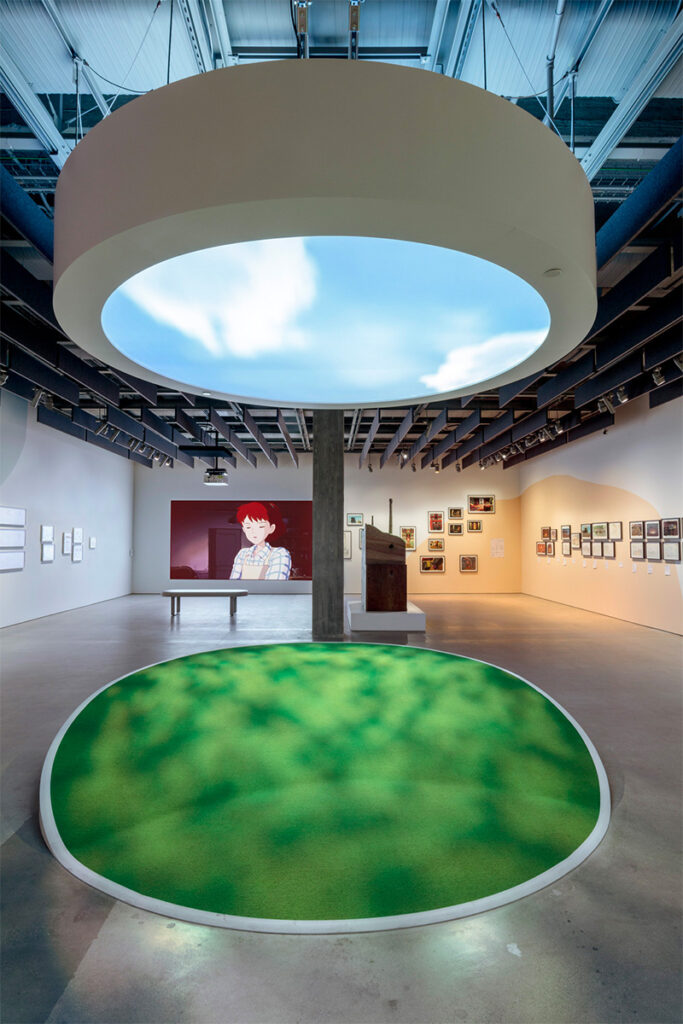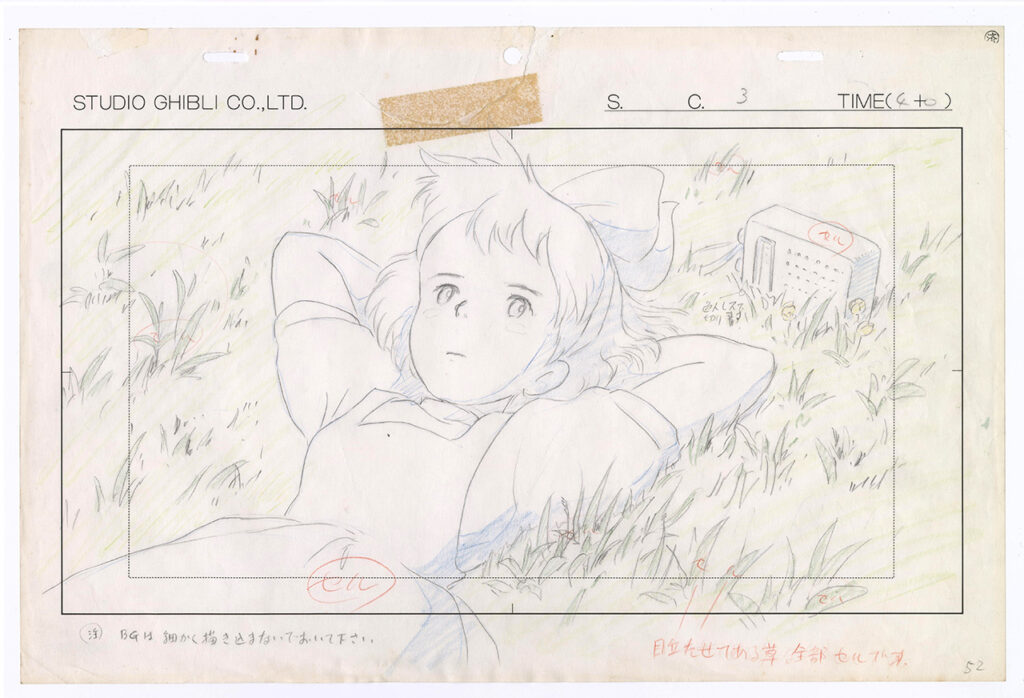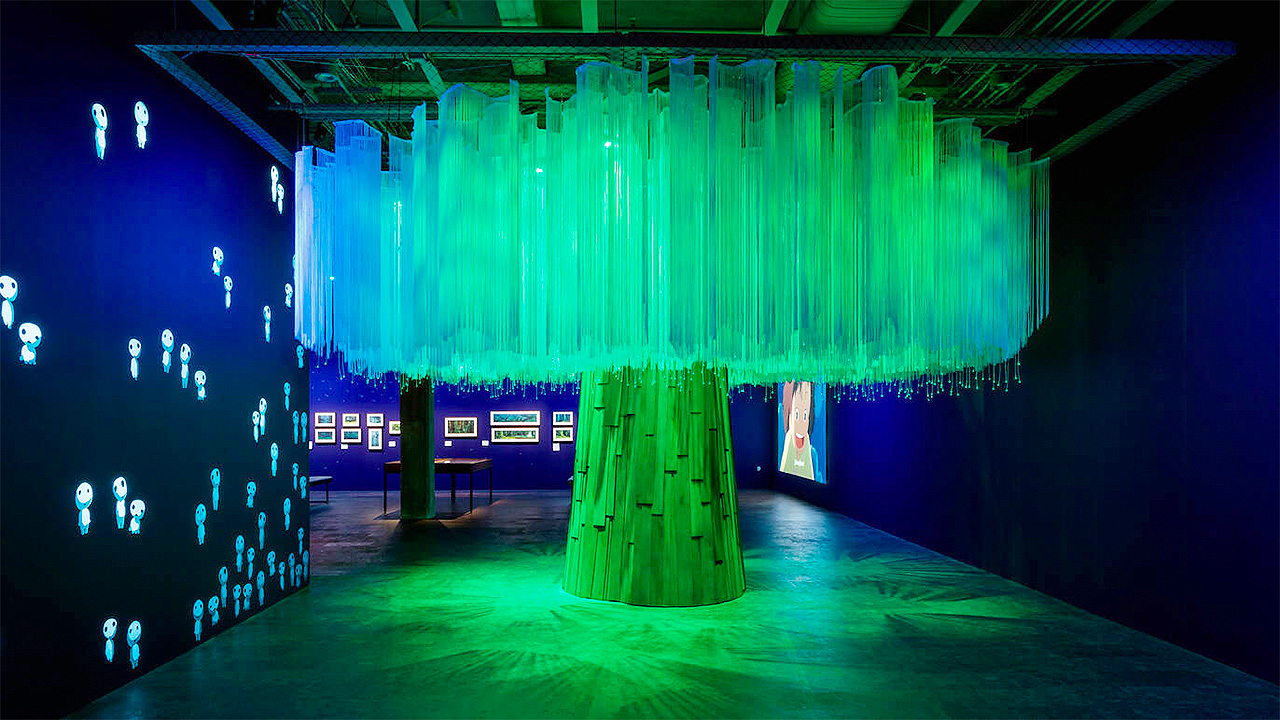In September, the Academy Museum of Motion Pictures, billed as America’s leading museum dedicated to film, duly opened in Los Angeles. Amongst its inaugural offerings is Hayao Miyazaki, the first exhibition in North America to spotlight the famed Japanese animator. Since 1985, Miyazaki, under the banner of the company he co-founded, Studio Ghibli, has produced films including Spirited Away, My Neighbor Totoro, and Castle in The Sky that have captured audiences with tales equally surreal, escapist, and hopeful.
For a company with an exacting house style, Studio Ghibli, says Jessica Niebel, the Academy Museum’s Exhibitions Curator, “has never let another institution organize a show about them.” Instead, the studio usually stages its own exhibitions throughout Asia and Europe. This collaboration with the Academy Museum, then, represents a long-brewing and singular event, offering visitors the rare opportunity to see more than 300 original objects from Studio Ghibli’s private archives, and visit rooms exploring Miyazaki’s early career and creative process.

The retrospective includes more than 300 objects from Studio Ghibli’s archives, including original image boards, character designs, storyboards, posters, and cels — some on public view outside of Japan for the first time. Image: Image board, My Neighbor Totoro, Hayao Miyazaki © 1988 Studio Ghibli.

The Sky View installation. Image: Joshua White, JWPictures / ©Academy Museum Foundation
Miyazaki’s whimsical universe has also been brought to life in immersive exhibits like the Sky View, designed to recreate perspective changes in Miyazaki films, a Spirited Away-inspired portal, and an installation based on Magical Forest’s Mother Tree.
While the immersive installations reference Miyazaki’s films, they are not 100 percent replicas. “We recreated situations inspired by specific film moments that represent a generic idea,” Niebel explains. “For example, the Sky View experience was inspired by the opening scene in Kiki’s Delivery Service when she’s laying on the grass looking at the sky. These kinds of moments also happened in all of his other films, where everything slows down, the perspective changes, and his protagonist gets to take a break.”
Jing Culture and Commerce spoke to Niebel about the curatorial process behind Hayao Miyazaki and how the exhibition’s immersive elements aim to capture his cinematic language.
How did the Academy Museum’s collaboration with Studio Ghibli play out when it came to curating the exhibition?
We made it clear that we would curate and design this show, but take Studio Ghibli’s input and ideas into consideration, and it was really respectful of our concepts. For example, there was a question of whether we could do a focus on aviation because we couldn’t find the right materials. So Studio Ghibli went to their archives, did research, came back, and said, “How about this?” And it was key animation that’s never been shown before.
All the loans are from Studio Ghibli. Their archives aren’t publicly accessible, so we could only do our research through Studio Ghibli. We worked with all the Art Of books for each film, and had a general idea of what was there. But that’s only a fraction of the materials they have, so we really relied on them.

“We made it very clear that throughout the process, we wanted to collaborate closely and learn their philosophy better,” says Niebel of the Academy Museum’s collaboration with Studio Ghibli. Image: Layout, Kiki’s Delivery Service © 1989 Eiko Kadono, Studio Ghibli
What was the discussion with Studio Ghibli about how immersion would be part of the exhibition?
There’s so many ways of creating immersive experiences. As a curator for film exhibitions, I think that film exhibitions are almost their own genre. In my opinion, sitting in a theater and watching a film is an experience. Miyazaki films are so deeply experiential — they lure you in and you get lost in his cinematic world. Something like the Van Gogh immersive exhibition or [VR and AR experiences] is not something I would like to do, because [VR and AR] doesn’t have much to do with the original artwork anymore. Studio Ghibli lent us originals, drawings, and paintings that were created to make those movies, and I would never alter them with any VR or AR experience.
Beyond Hayao Miyazaki, how else is the Academy Museum approaching immersion?
It’s part of my philosophy as a film exhibition curator to create experiential environments and moments in my exhibitions, so I have no doubt in my mind, that we will create immersive experiences again. We do have an immersive experience called the Oscars Experience, and that’s going to stay in the museum indefinitely. We also have an exhibition about Pedro Almodovar, which is a multi-screen experience where you walk through that gallery, and you’re immersed in his films.



